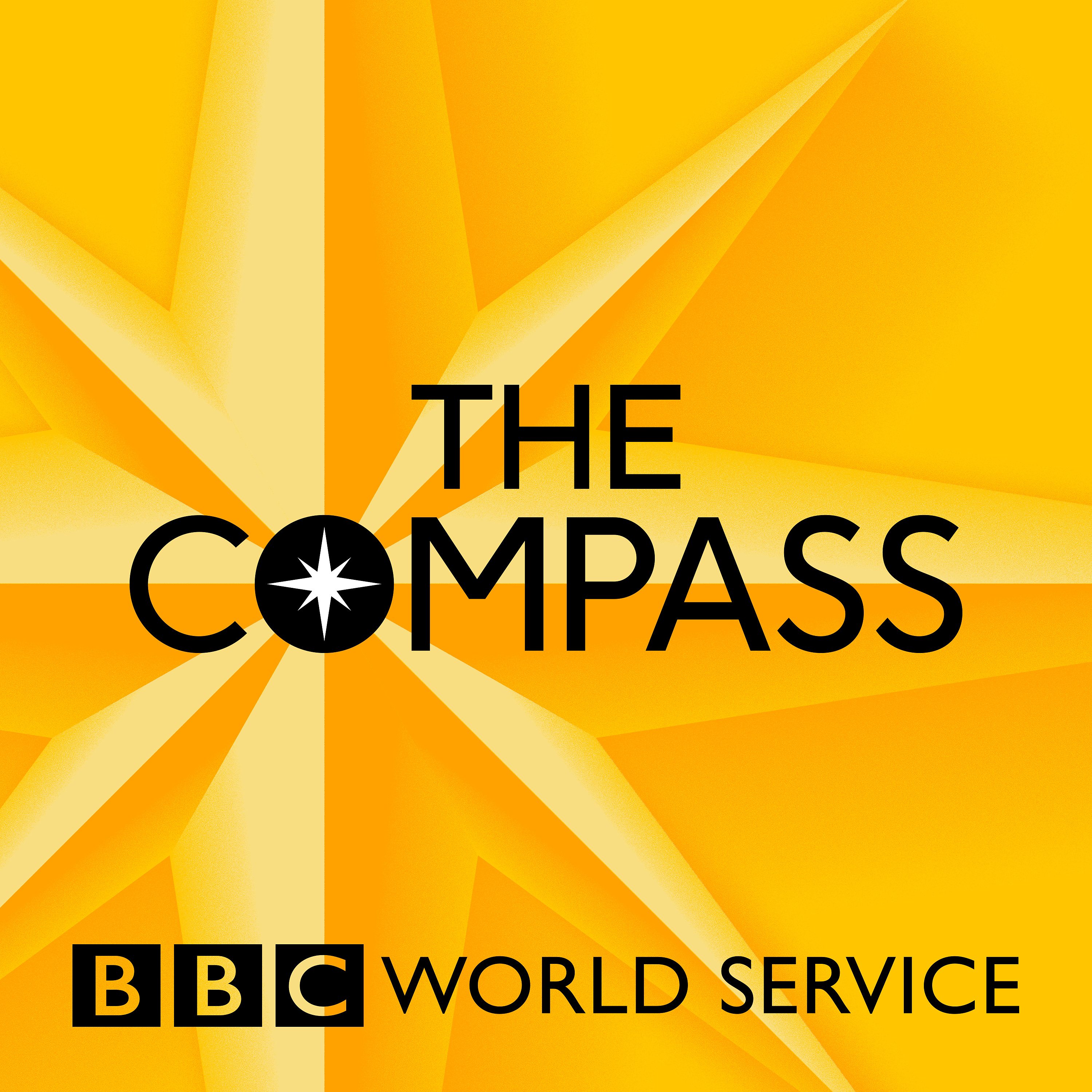The reclaimers: Into the valley
Description
Travelling from Lusaka to the Gwembe Valley and then on to Kabwe, Kema Sikazwe hears from people living in communities where artefacts were taken.
In the shadow of the Kariba Dam, Kema meets people who were forced from their land when the valley was flooded who explain how promises made at the time have not been kept.
Finally, at the lead-mining site where the Broken Hill Skull was discovered in Kabwe 1921, Kema meets former workers who describe how their homes remain contaminated, more than 25 years on, the UN estimates they are among 300,000 people living on toxic ground.
Producer: Andy Jones and Will Sadler
A Radio Film production for BBC World Service
(Photo: Kema Sikawaze stands next to the Broken Hill man skull. Credit: Radio Film)
More Episodes
Misha Glenny's final programme on Russia - what it is and where it came from - looks at the country's attitude to war. What has been the long lasting effect of the great patriotic wars against Adolf Hitler and Napoleon Bonaparte? Plus the Poles, the Mongols, and the British in Crimea.
With...
Published 03/08/23
Published 03/08/23
It was Peter the Great who created a new capital on the Baltic, and Catherine the Great who extended Russian influence south and west. Sweden, Poland, and the Ottomans all felt the Russian expansion in a century of geopolitical drama. This, says presenter Misha Glenny, is all part of the build up...
Published 03/01/23


